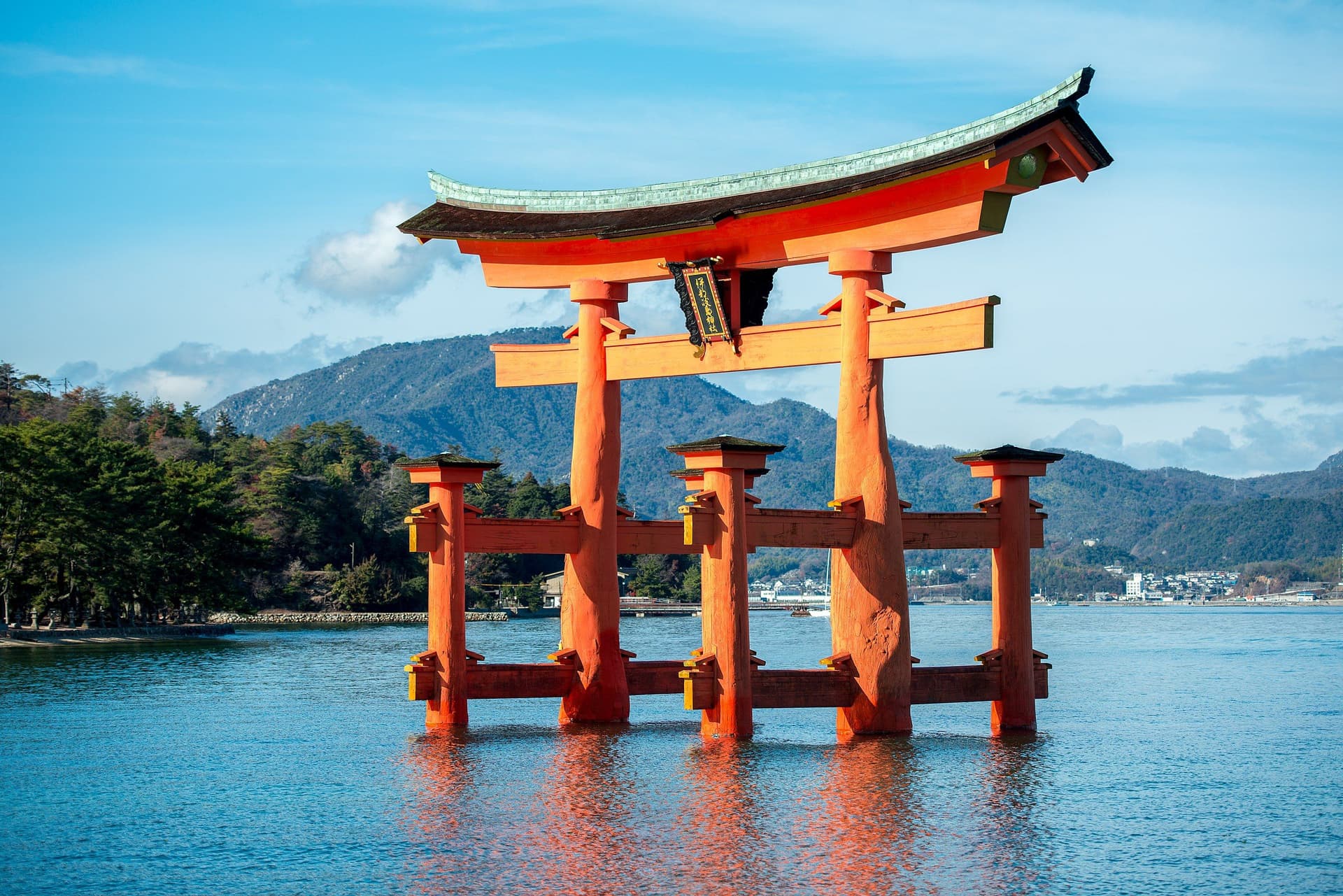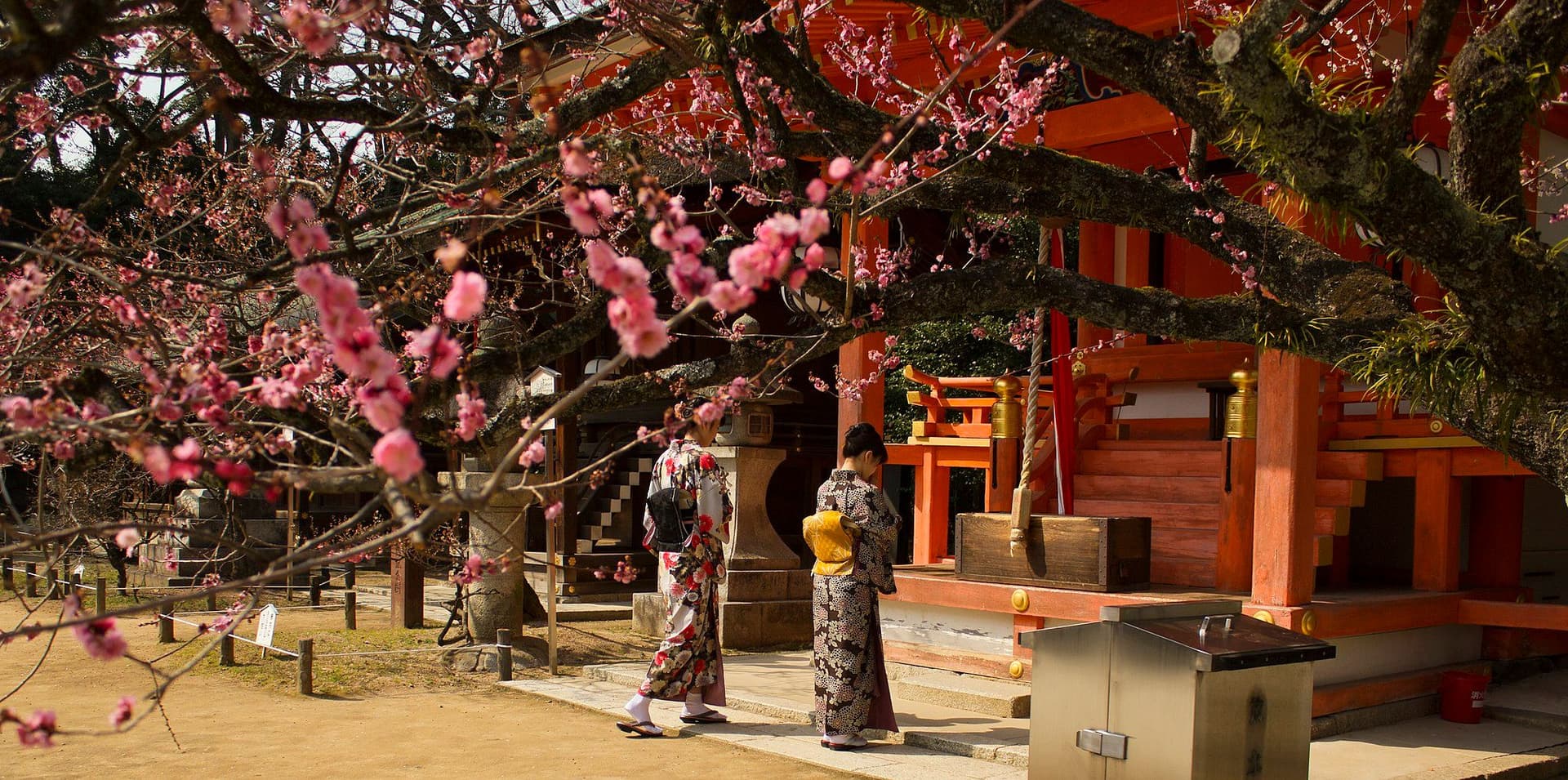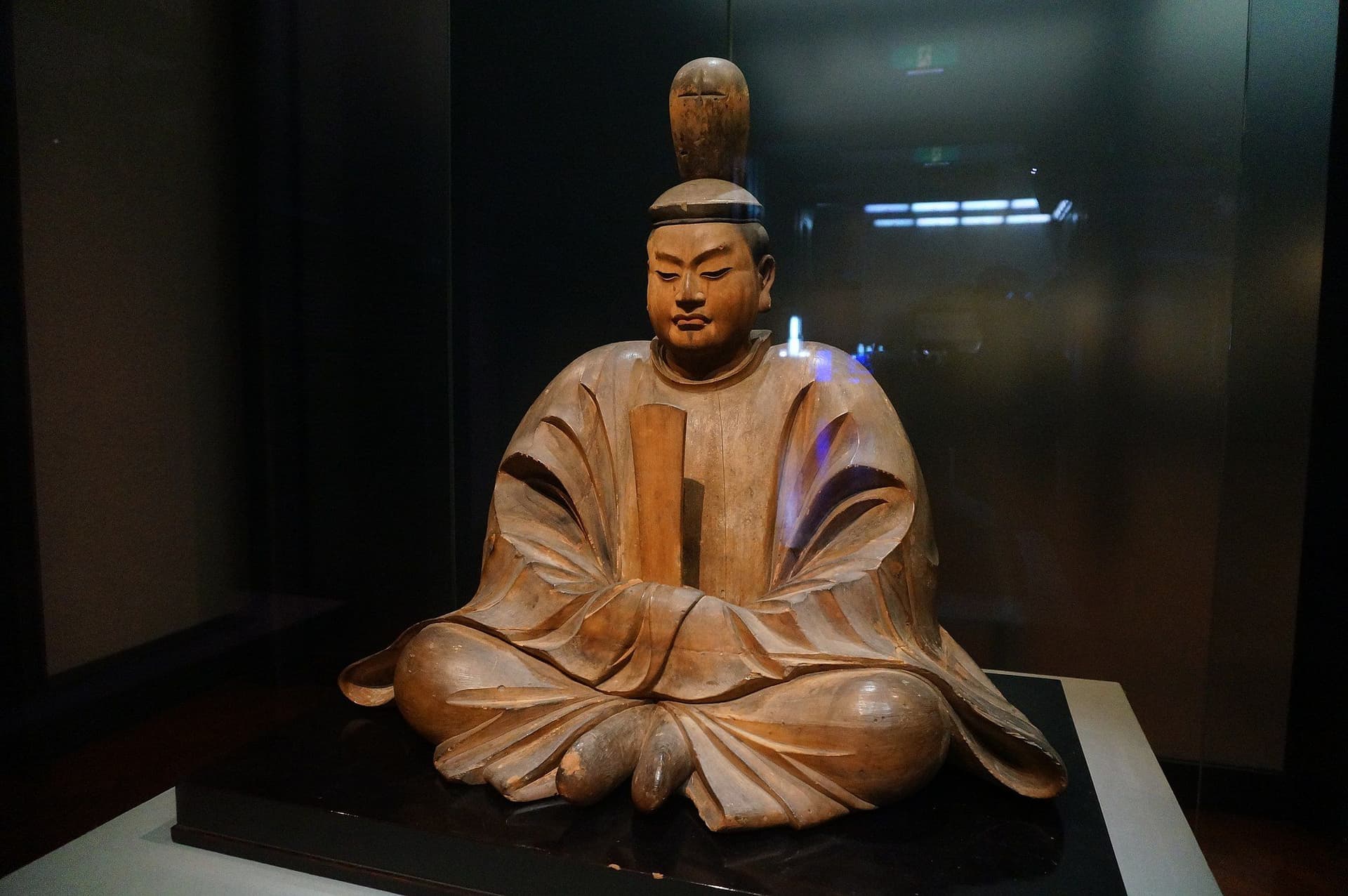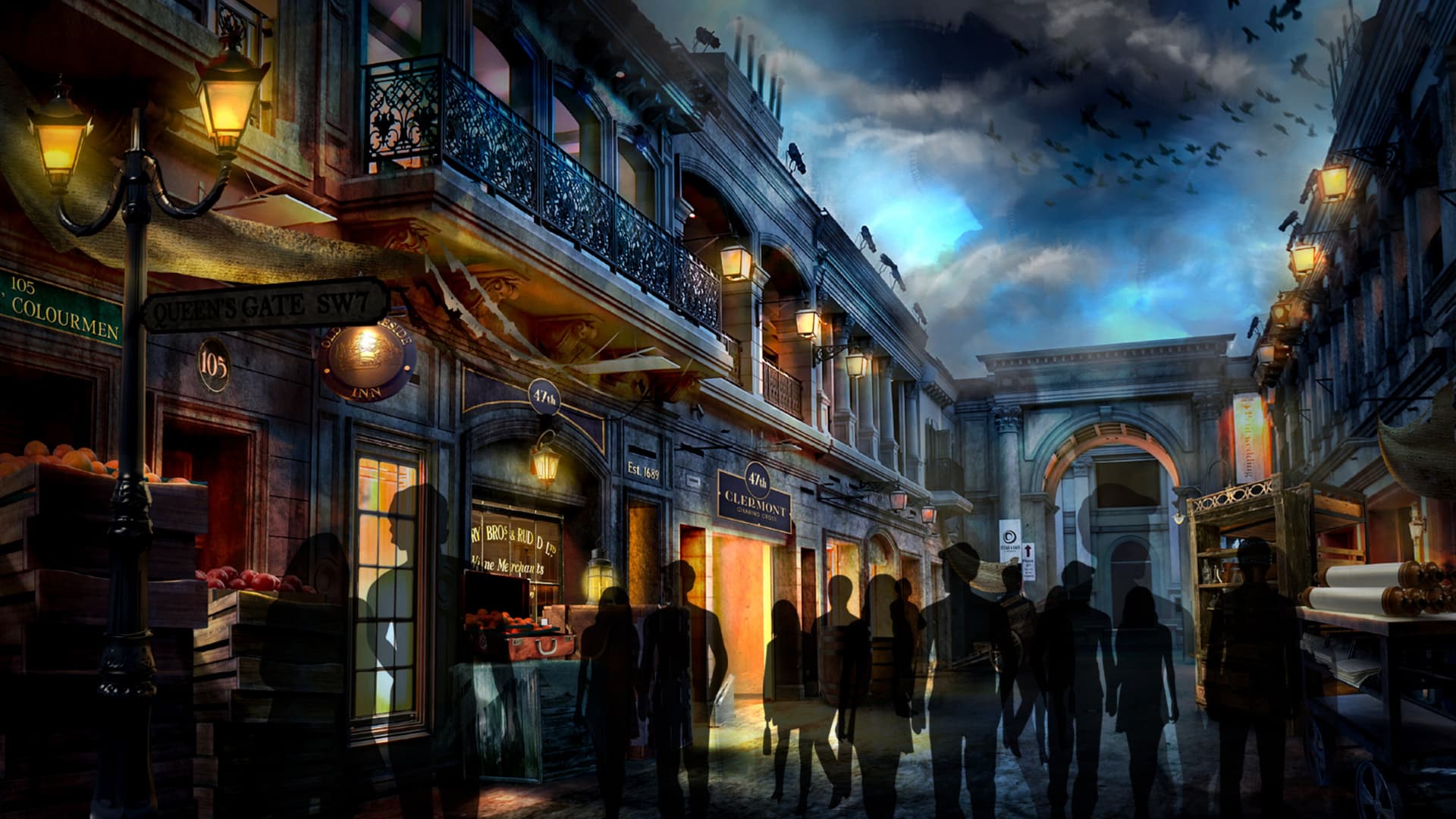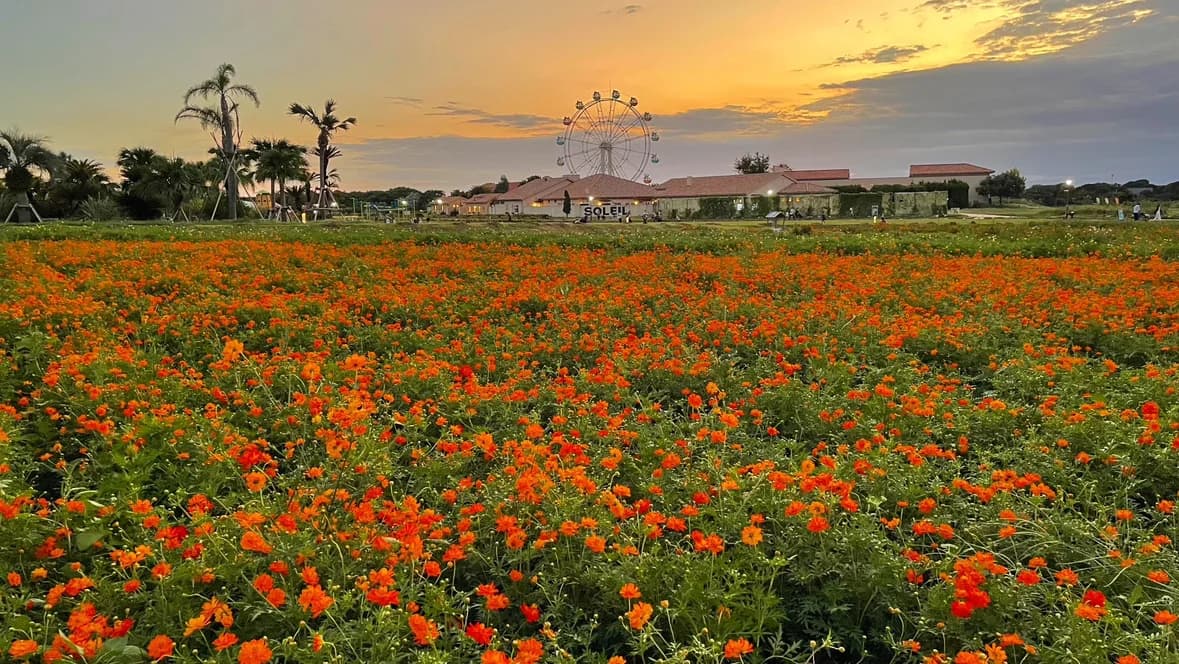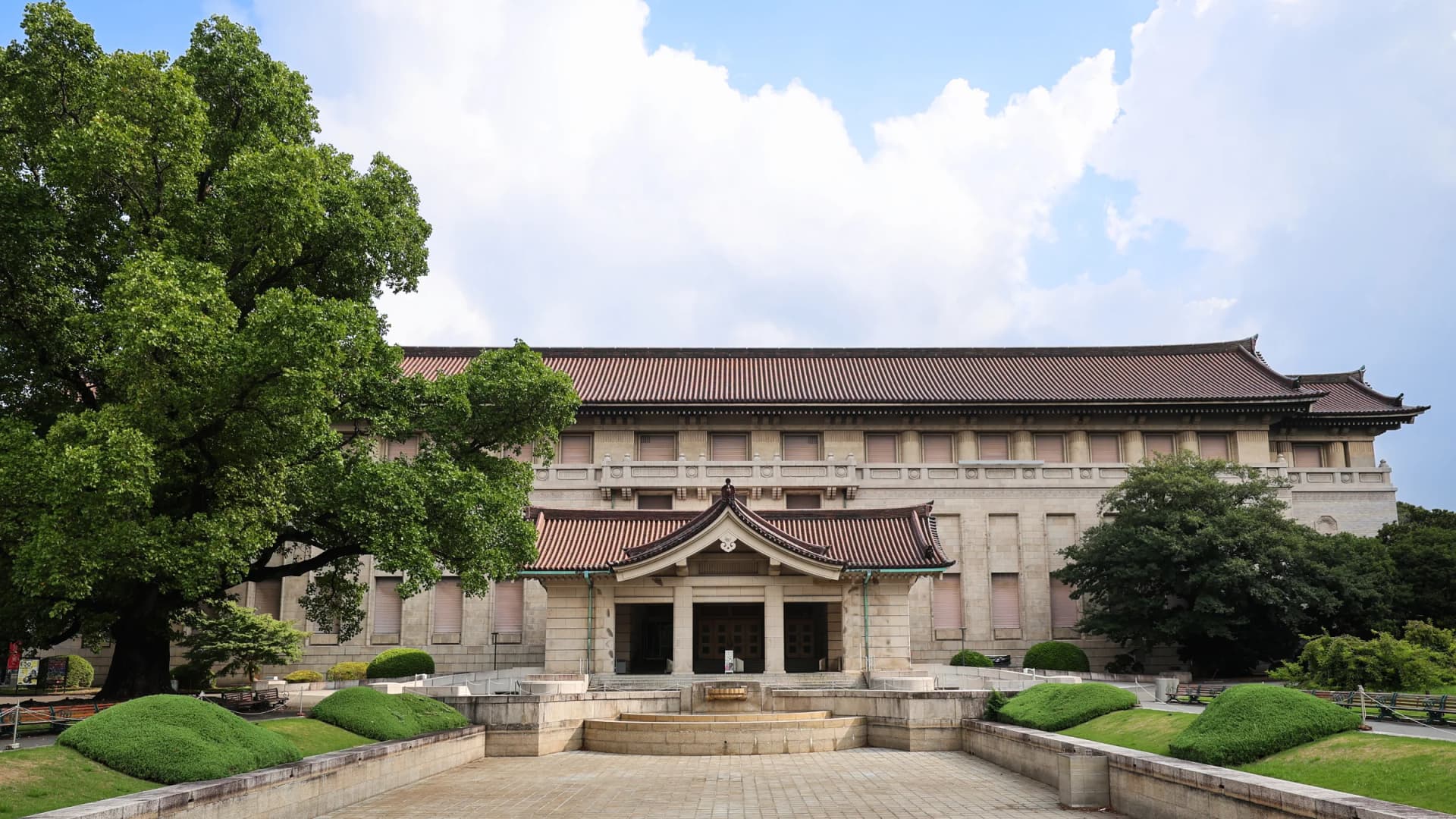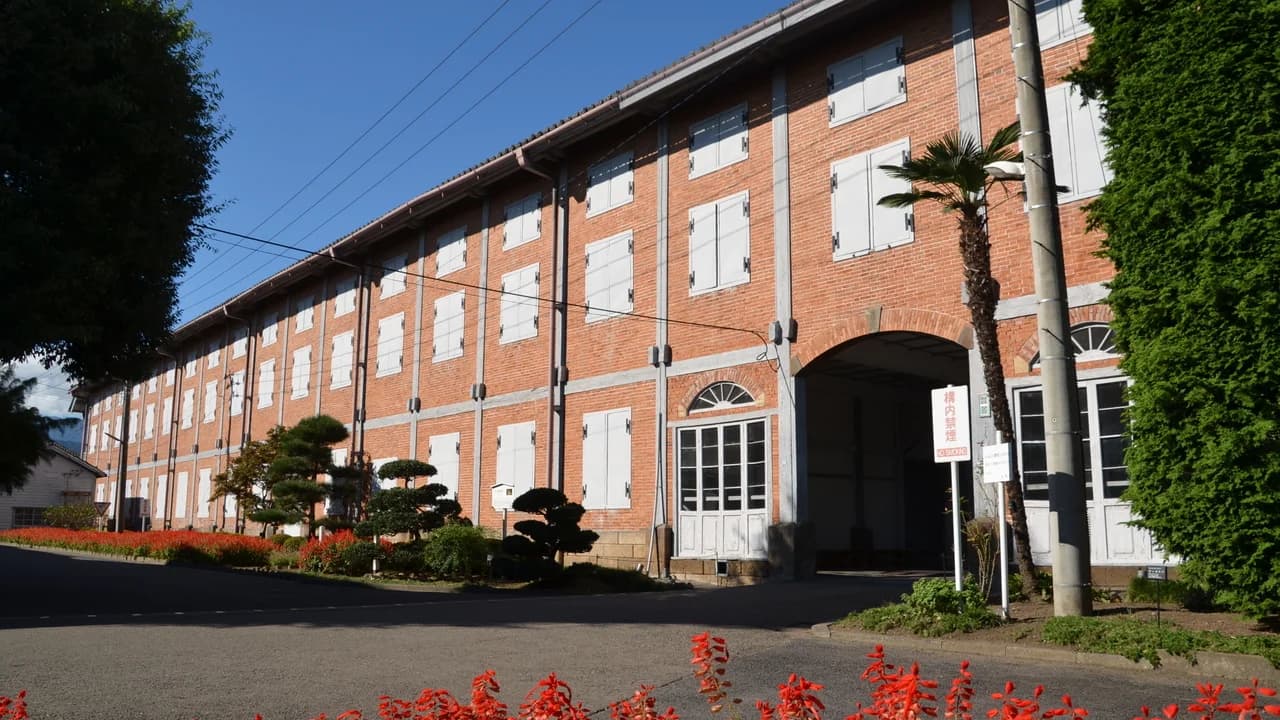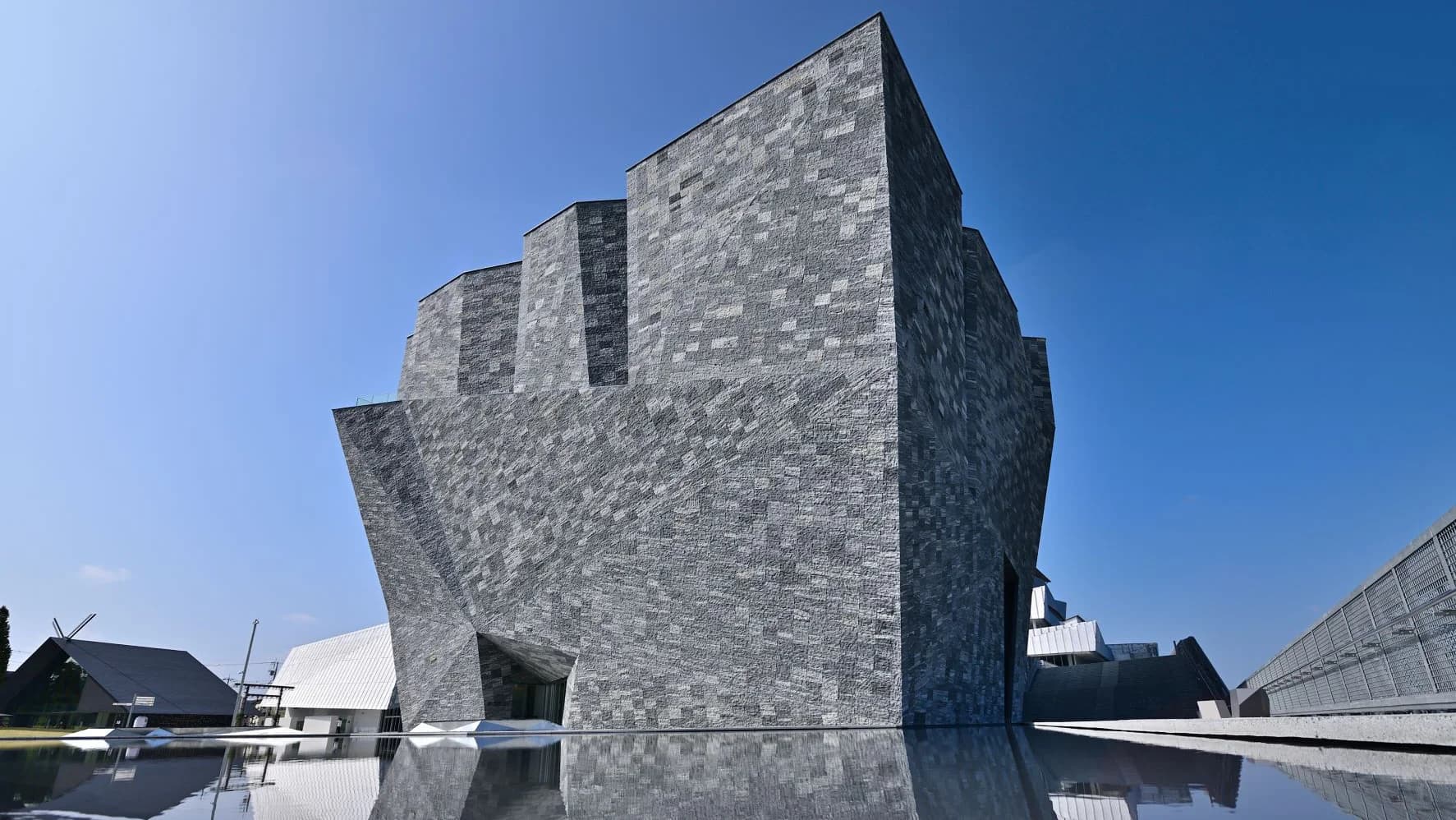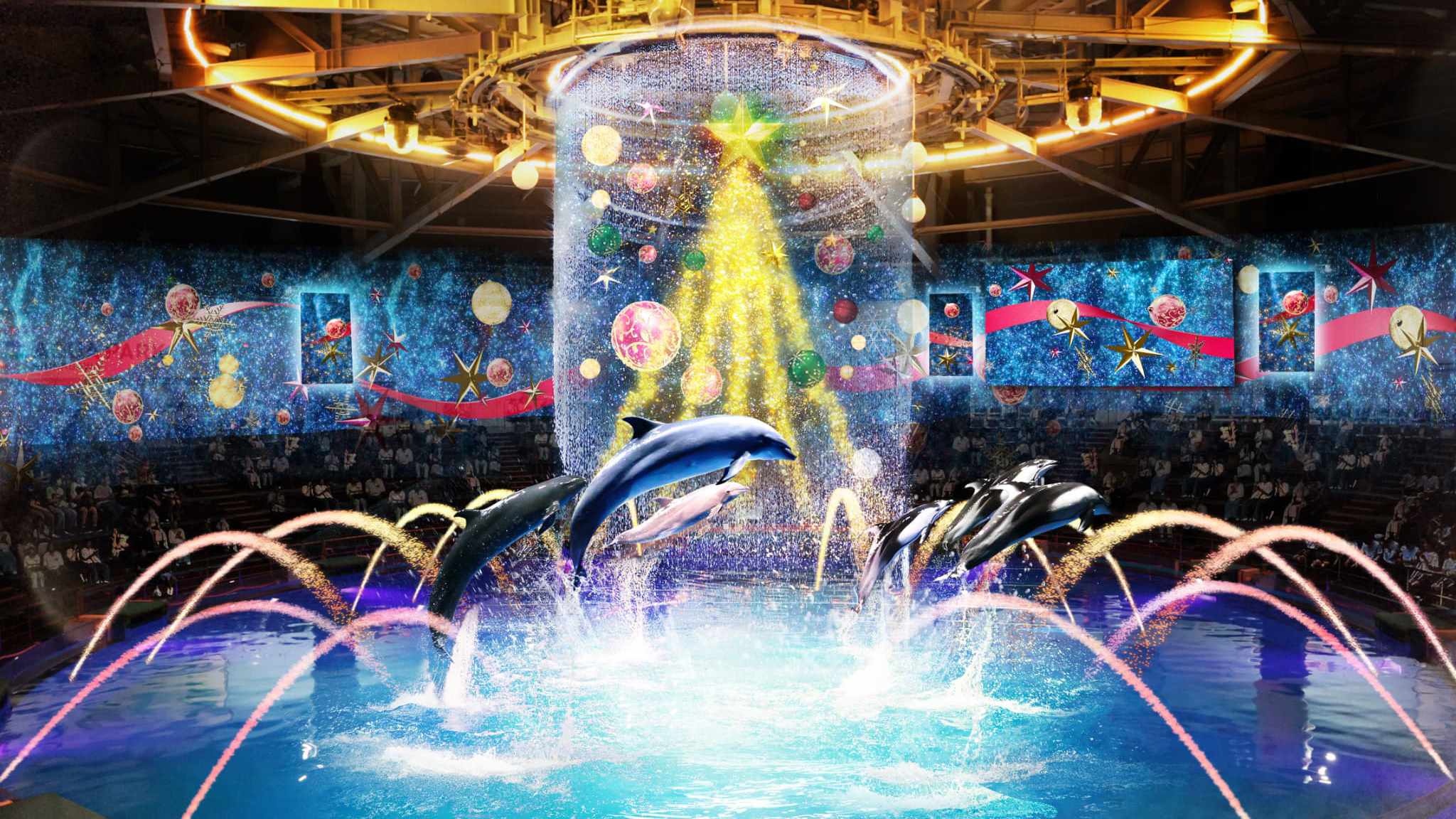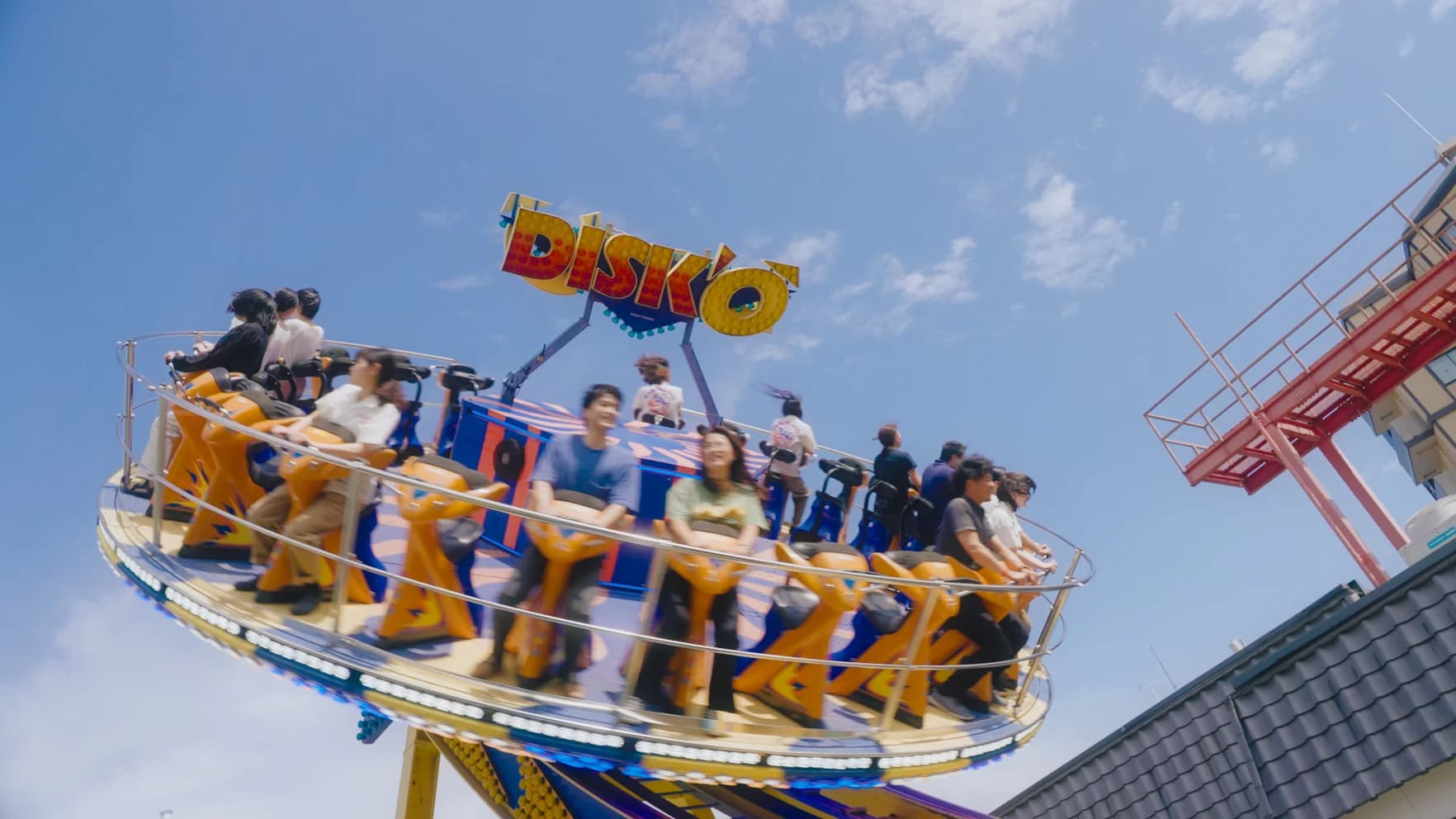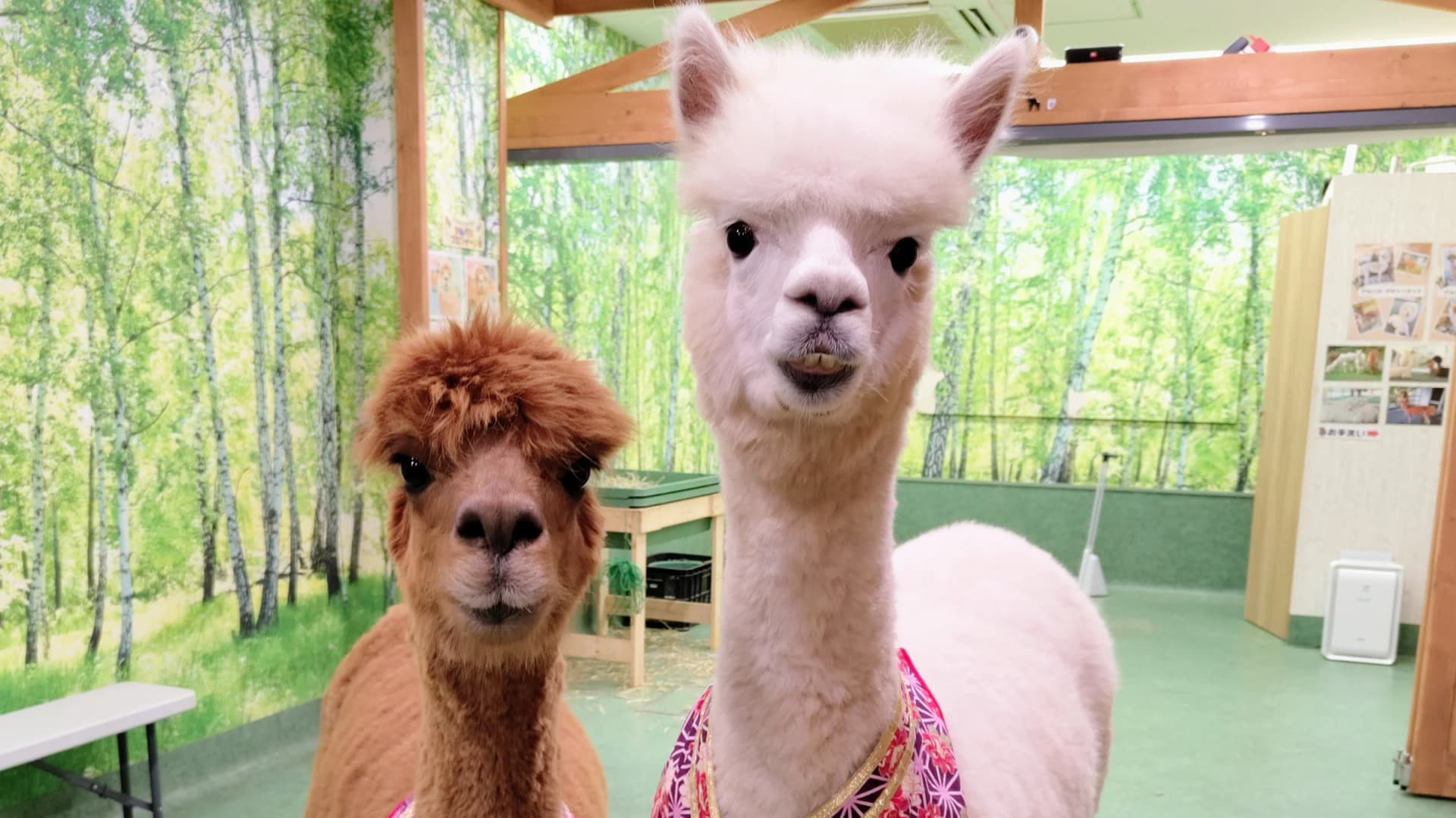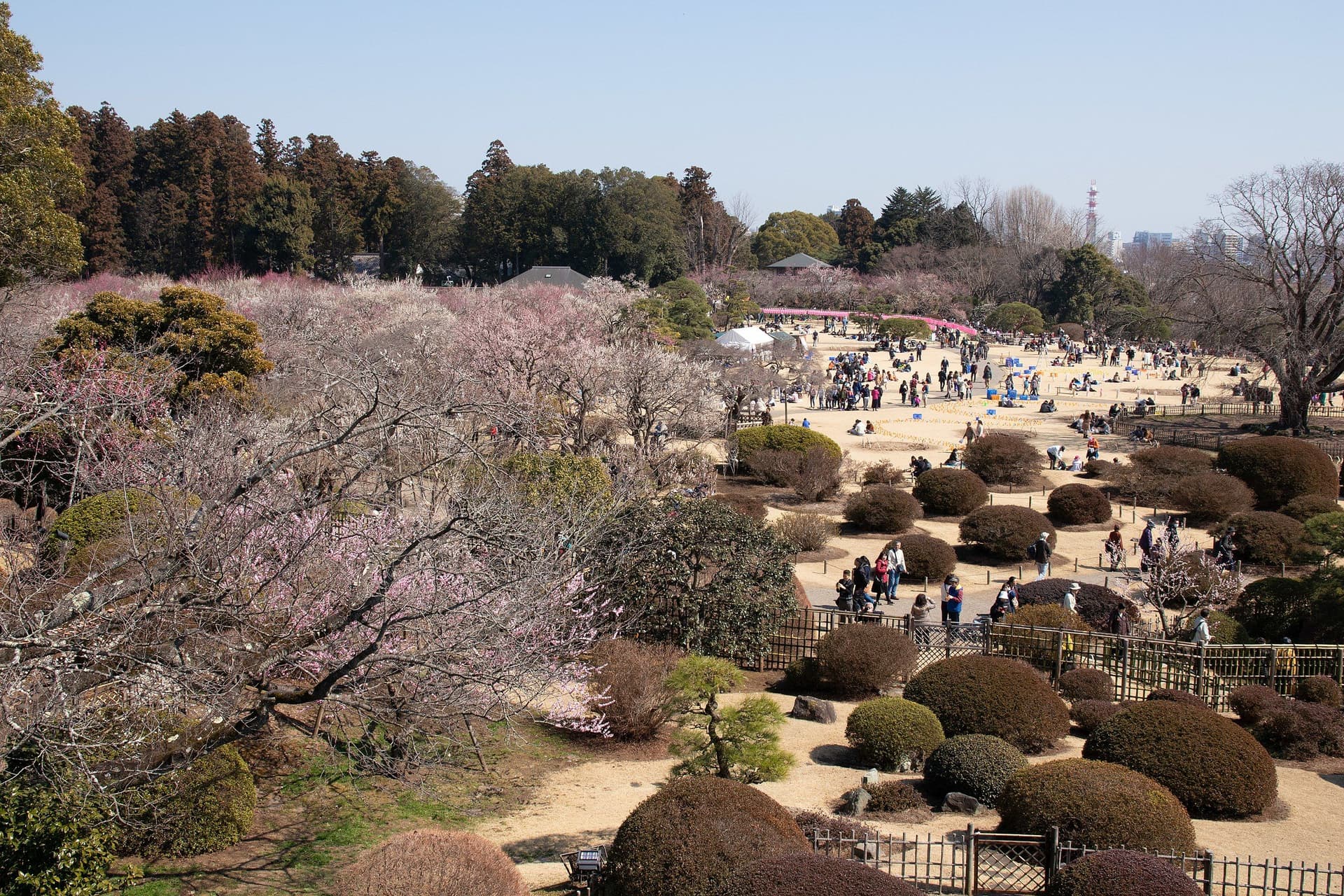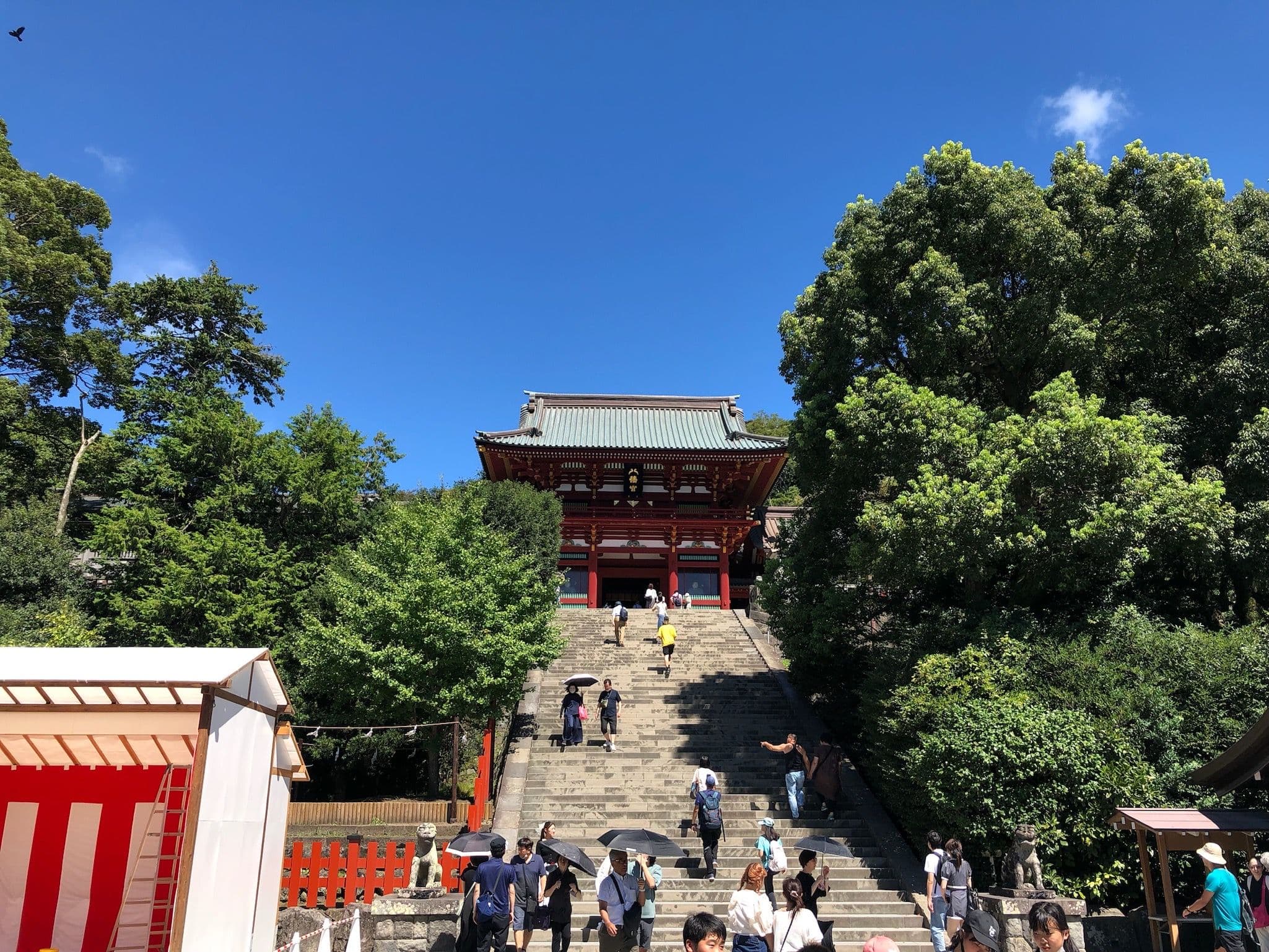
Tsurugaoka Hachimangū
鶴岡八幡宮- Kamakura StationYokosuka LineEnoshima Electric Railway Line
- Walk 11 minutes
The history of Tsurugaoka Hachimangu begins with Minamoto Yoriyoshi, a renowned Japanese samurai lord who served as the head of the Minamoto clan. He was a devout follower of the Iwashimizu Hachimangu Shrine in Kyoto. Inspired by his deep faith, he enshrined the Hachiman kami as the clan's guardian deity at Yuigahama in Kamakura.
Later, in the year 1180, Minamoto Yoritomo, the visionary founder and first shogun of the Kamakura shogunate (which ruled from 1192 to 1199), relocated the Hachiman deity to its current location and laid the foundations for Tsurugaoka Hachimangu. The shrine assumed a central role as the guardian deity of the shogunate, Kamakura, and the entire eastern region of Japan. Throughout its history, the shrine played a pivotal role in the shogunate's cultural and spiritual life, hosting significant festivals such as hojoe, horseback archery, sumo wrestling, and bugaku performances, many of which continue to this day within its sacred grounds. Consequently, Tsurugaoka Hachimangu became the heart of both spiritual and social life in eastern Japan.
In addition to venerating the Hachiman kami, who is identified with Emperor Ōjin from the 3rd to 4th century, the shrine also pays homage to Empress Jingu, Emperor Ōjin's mother, and the Himegami.
At Hey Japan!, we strive to keep the places listed on our website as current as possible. However, it is important to note that location owners or management may make changes to their plans, including canceling events, altering opening times, or modifying admission requirements, without prior notice. To ensure that you have the most accurate information, we recommend checking official websites before visiting any location.
Last Updated:
